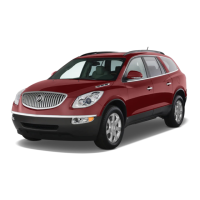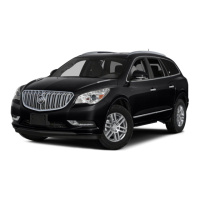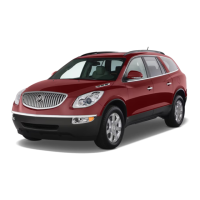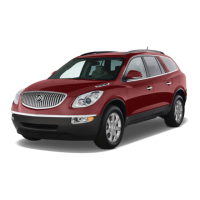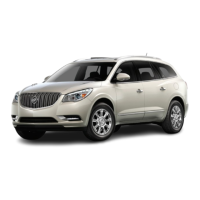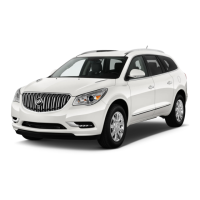Police records show that
almost 40 percent of all motor
vehicle-related deaths involve
alcohol. In most cases, these deaths
are the result of someone who was
drinking and driving. In recent years,
more than 17,000 annual motor
vehicle-related deaths have been
associated with the use of alcohol,
with about 250,000 people injured.
For persons under 21, it is against
the law in every U.S. state to drink
alcohol. There are good medical,
psychological, and developmental
reasons for these laws.
The obvious way to eliminate the
leading highway safety problem
is for people never to drink alcohol
and then drive.
Medical research shows that alcohol
in a person’s system can make crash
injuries worse, especially injuries to
the brain, spinal cord, or heart.
This means that when anyone who
has been drinking — driver or
passenger — is in a crash, that
person’s chance of being killed or
permanently disabled is higher than
if the person had not been drinking.
Control of a Vehicle
The following three systems
help to control the vehicle while
driving — brakes, steering,
and accelerator. At times, as when
driving on snow or ice, it is easy
to ask more of those control systems
than the tires and road can
provide. Meaning, you can lose
control of the vehicle. See
StabiliTrak
®
System on page 4-5.
Adding non-dealer/non-retailer
accessories can affect vehicle
performance. See Accessories and
Modifications on page 5-3.
Braking
See Brake System Warning Light on
page 3-33.
Braking action involves perception
time and reaction time. Deciding
to push the brake pedal is
perception time. Actually doing
it is reaction time.
Average reaction time is about
three-fourths of a second. But that
is only an average. It might be
less with one driver and as long as
two or three seconds or more
with another. Age, physical
condition, alertness, coordination,
and eyesight all play a part. So
do alcohol, drugs, and frustration.
But even in three-fourths of a
second, a vehicle moving at 60 mph
(100 km/h) travels 66 feet (20 m).
That could be a lot of distance in an
emergency, so keeping enough
space between the vehicle
and others is important.
Driving Your Vehicle 4-3

